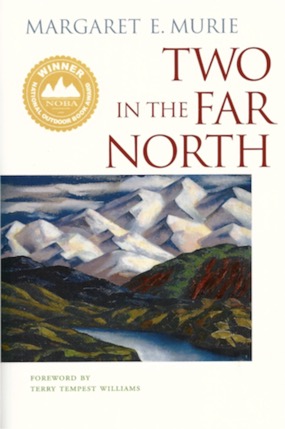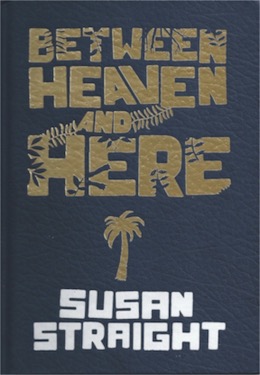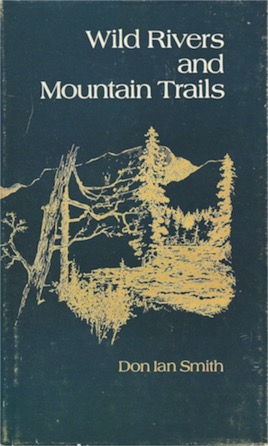January 2013
How Music Works
09/01/13 19:26
David Byrne, How Music Works (San Francisco: McSweeney’s Books, 2012).

The science and art of recording music has evolved as the technology has changed, and Byrne has an extensive knowledge of how music is recorded, and how it is changed by the process of recording. There are lots of illustrations, including some sketches by Byrne. I highly recommend this book to anyone who loves music.
Two in the Far North
08/01/13 17:13
Margaret E. Murie, Two in the Far North (Portland: Alaska Northwest Books, 1997).

This is a book to read again and again. And it is a book to tuck into my backpack when I finally am able to visit Alaska someday. The only thing more delicious than reading the book would be reading it while camping in the wild country - a perfect activity for a rainy day. When the sun shines, I want to be outdoors looking carefully at the wildness that remains.
Between Heaven and Here
07/01/13 16:45
Susan Straight, Between Heaven and Here (San Francisco: McSweeney’s Books, 2012).

She writes like I imagine those people sound. Whether it is one side of a phone conversation or the thinking of an often alone teenager trying to find his way in the world, she seems to have gotten it right. This is a powerful and emotional novel that deserves to be read again and again. It may be a chronicle of our times – or of a different place in this new generation.
Susan Straight has written eight previous books. I wonder why it took me so long to find her work. I’ll be reading more of her.
Wild Rivers and Mountain Trails
01/01/13 19:36
Don Ian Smith, Wild Rivers and Mountain Trails (Nashville: Abingdon, 1972).

The book, published in 1972, is somewhat dated, but Smith’s use of “man” to mean all humans and the exclusive use of the male pronoun would have seemed awkward to me even then. Some of his ideas about forest management are similarly dated, based in ideas that have since been proven to be a bit antiquated. He has high respect for all managers, including the Idaho Department of Fish and Game and the Forest Service. His notions about fish management seem to be ignorant of the effects of dams on the natural migration patterns of Salmon and Steelhead. His eagerness to fish 30 or 40 miles of river a day in a jetboat reflects a different philosophy than those of us who prefer to more fully explore six or eight miles in a driftboat.
However, the essays are fun and the spiritual lessons he finds in the wilderness are genuine and continue to resonate today.